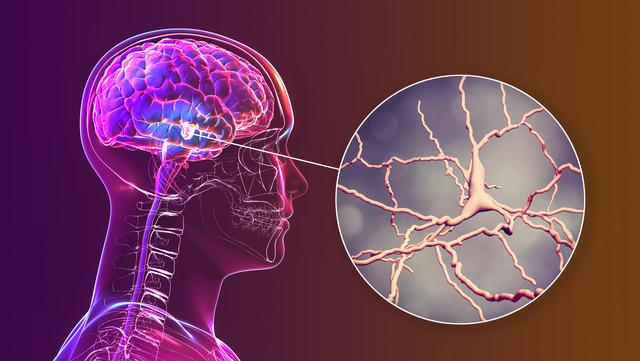Neurologist Dr. Güven Arslan stated that Parkinson’s disease occurs as a result of the deterioration of the cells in the brain that produce the substance called dopamine, which allows brain cells to communicate with each other; He stated that the cells that produce dopamine are also responsible for the control, harmony and fluidity of movements.
Dr. points out that although the disease usually begins in the 50s, the clinical findings take place in the 60s. Arslan said, “The obvious findings of the disease are slowness in movements, dullness in expressions and hand tremors. In particular, the symptom that brings patients to the clinic is hand tremor. There is a tremor that occurs especially when at rest. Although it is usually asymmetrical, this tremor spreads to both hands as the disease progresses. We see that patients walk very slowly, have difficulty speaking, and their expressions are very dull. It is known that loss of smell and constipation are among the earliest symptoms of the disease. However, at this point, Parkinson’s disease often does not come to mind because it is not accompanied by other findings. “With detailed examination, diagnosis can be made earlier,” he said.
“THE WAY OF SPEAKING AND HANDWRITING ARE ALSO DISORDERED”

Pointing out that patients often consult doctors with complaints of hand tremors, Dr. Arslan also explained that the main findings include a gradual decrease in facial expressions during speech, a monotonous speech, an increase or decrease in speaking speed, and a sudden shrinkage and deterioration of handwriting.

Underlining that Parkinson’s disease affects daily life greatly, Dr. Arslan stated that it is therefore very important to raise public awareness, and that when the correct treatment is applied with the correct diagnosis, the functional capacity of patients increases greatly. He added that for this reason, it is necessary to consult a specialist physician when necessary.

Emphasizing the importance of raising awareness about Parkinson’s, Dr. Arslan said, “Today, there are treatment strategies to replace the dopamine that is missing in the brain. For this purpose, there are tablet treatments and injection treatments to be used several times a day. “In the later stages of the disease, the symptoms are tried to be eliminated by administering medication through a tube into the stomach, which we call device-assisted treatments, or by stimulating some parts of the brain, which we call a brain pacemaker,” he said.
(UAV)

